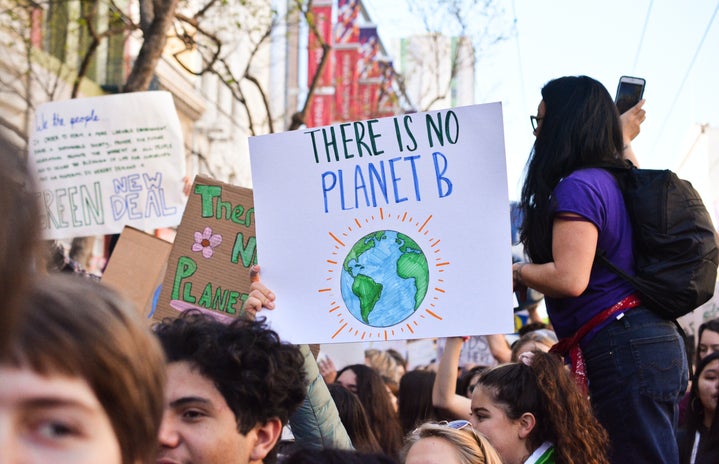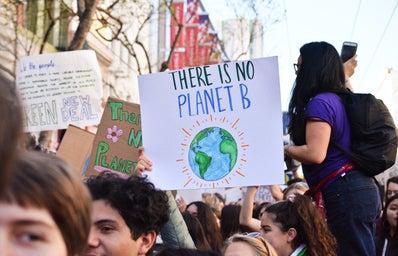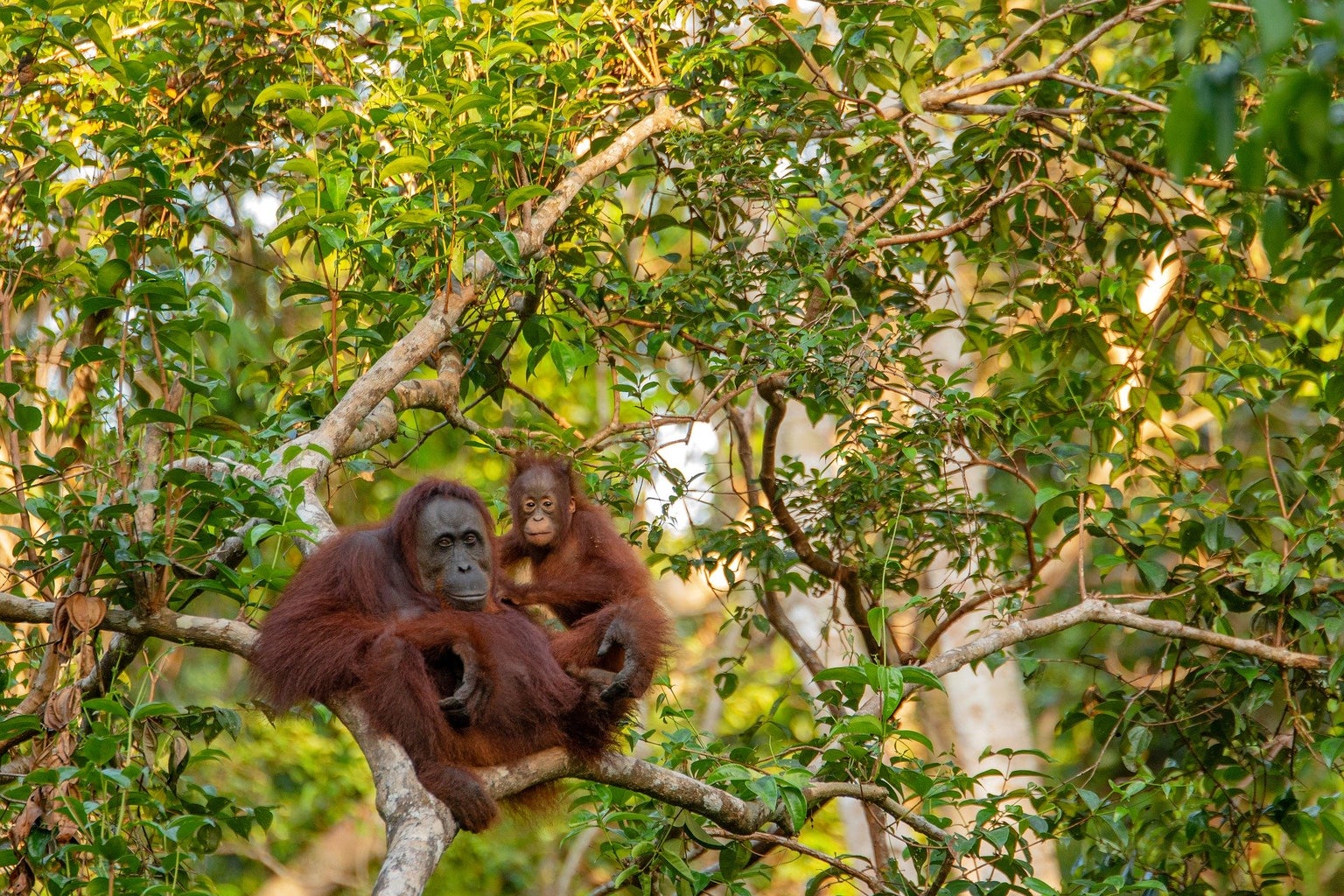The pandemic has affected all of our lives on an individual level. We’ve had less social interaction and less outings, although if you’re anything like me, you’ve spent extra money online shopping to fill that void (oops). But the pandemic also has a deeper, more complex relationship with our environment, some of which is good, some of which is bad, and some of which… is incredibly ugly.
Air quality: the good, but also some bad (1, 2)
Let’s start with the good! At the beginning of lockdown, air quality improved significantly in several major cities around the world, such as Delhi, Los Angeles, Beijing, Madrid, Milan, etc. Coupled with this improvement was a decline in greenhouse gas emissions—specifically carbon dioxide and nitrogen dioxide—due to less passenger traffic and travel. (CO2 plays a huge role in global warming, and NO2 is a precursor for atmospheric reactions that produce ozone, which is harmful to our health).
These effects paint a clear picture of what our environment could look like with more of an emphasis on electric motor vehicles or other, greener methods of transportation. In many places, traffic is responsible for as much as 45-50% of NO2 emissions. These numbers decreased dramatically back in late March and early April of 2020, when many places imposed a social lockdown.
Although air quality overall hasn’t significantly improved, what we saw from the beginning of the pandemic is a glimpse of a brighter future. However, in many places, these gas emissions and other air-pollution problems have returned to pre-pandemic levels or even higher as things slowly return. Major change still needs to happen in order to prevent further damage to the environment.
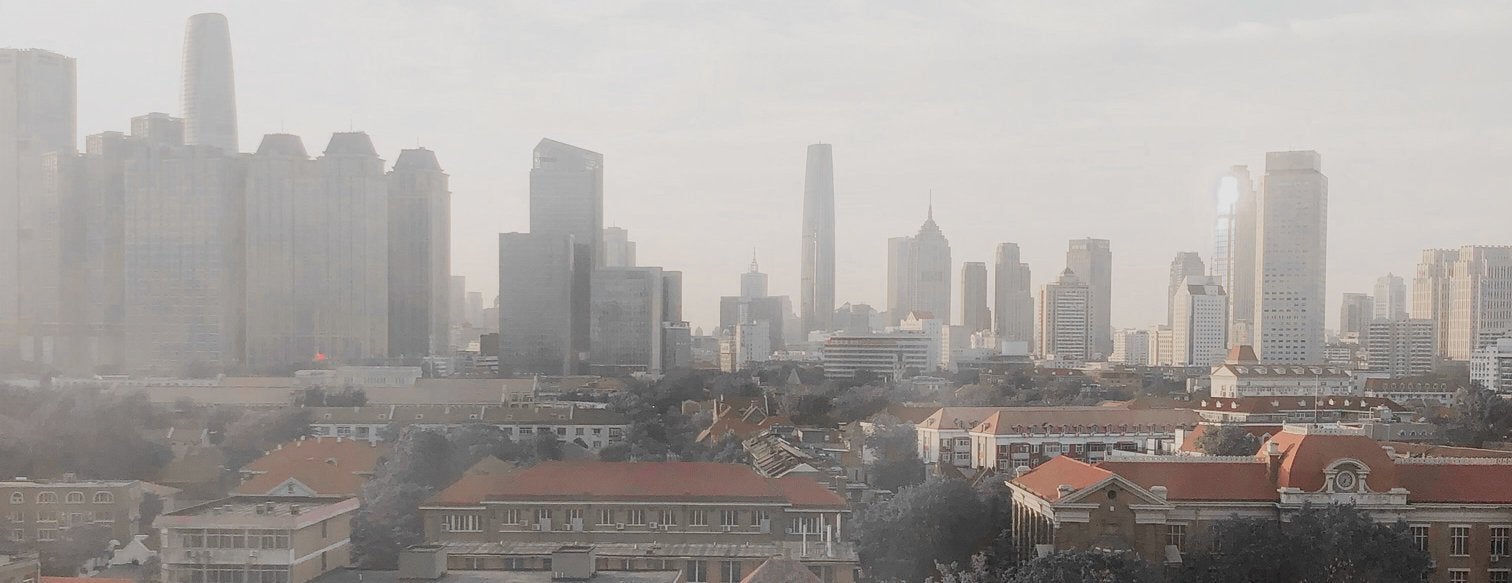
Single-use plastic and litter: the bad (3, 4)
I really don’t think I need to point this out, but there has been a huge upsurge in demand for PPE over the last year. Masks are the number one item that come to mind, but disposable gloves, hand sanitizer bottles, and single-use containers are all included.
As sad as it is, masks have become a common item found among litter. Before the pandemic, I could count on one hand the number of times I’d seen a disposable mask on the ground. Now? It feels like every time I step out into a parking lot, they’re strewn all over the concrete.
Maybe they were lost from cars, or blown out of trash cans by the wind. But it’s still disheartening to see them discarded so carelessly, especially because of where they might end up. We’ve all seen horrifying pictures of how much plastic and litter ends up in the ocean. Masks are now contributing to that phenomenon, even as they work to keep us and others safe from COVID-19. Unless we can implement a more environmentally-friendly method of trash disposal, this will continue to be a zero-sum situation.
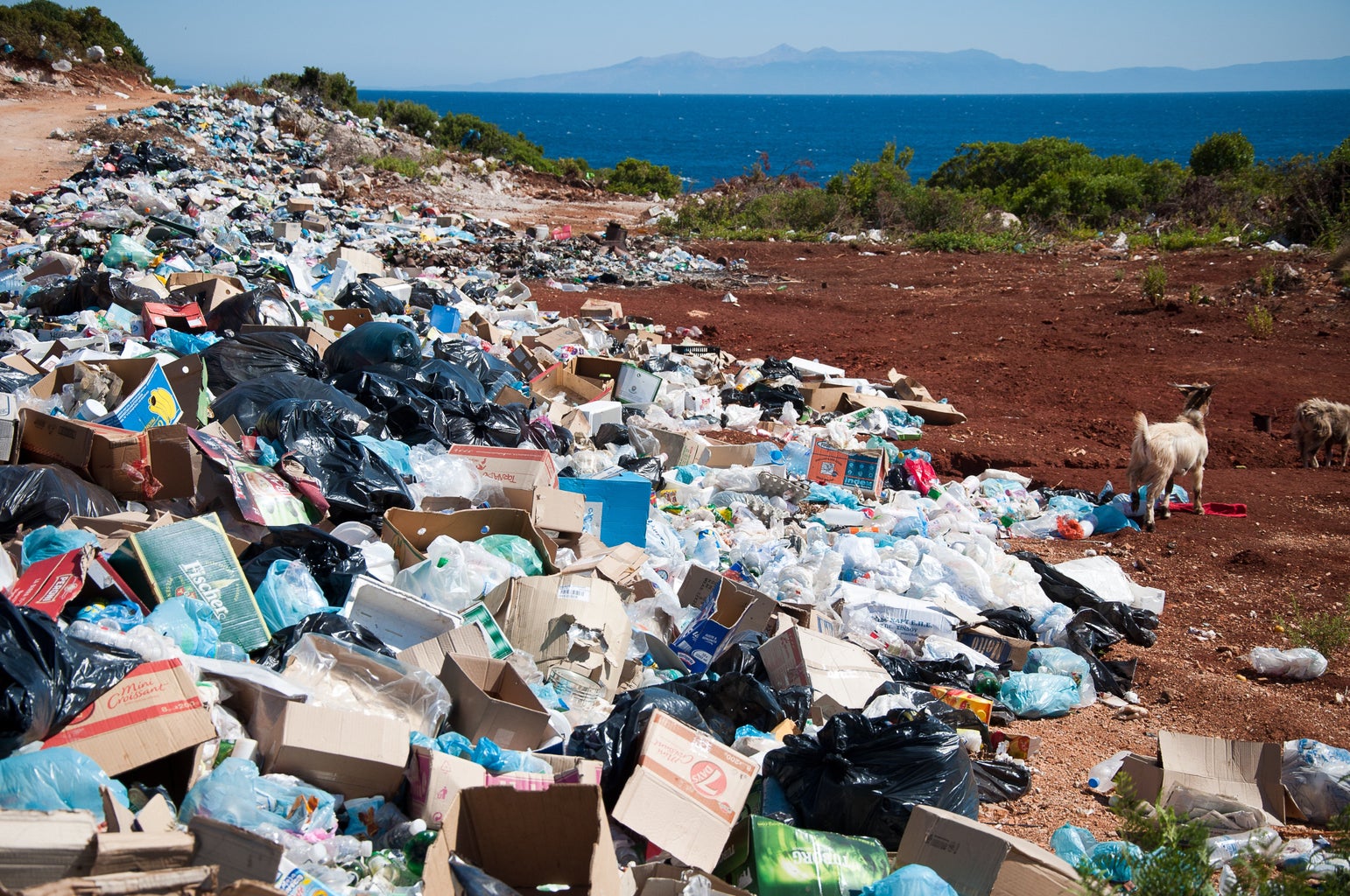
Ecosystems: some good, but mostly the ugly (4, 5)
Over the course of the pandemic, human activity decreased in many major areas. One example is the canals of Venice, where the waters cleared after less boat activity was reported. (Though the viral tweets and photos of dolphins in the canals weren’t actually from Venice). Many ecosystems have nonetheless shown improvement because of less human interaction.
However, a huge problem that has been both exacerbated and relieved by the pandemic is deforestation. Deforestation has slowed down in some areas, while dramatically increasing in others. The issue here, as pointed out by many ecologists, is that deforestation will actually contribute to future pandemics. It’s the worst kind of self-fulfilling prophecy.
The movie Contagion—which I recommend watching, especially now—touches on this. A mystery disease ravages the globe in a freakish pandemic, although the mortality rate for this fictional disease is a staggering 25%.
How did the disease come about? (This is a spoiler, so feel free to skip to the next paragraph if you haven’t seen the movie.) Deforestation drove a colony of bats out of their habitat. One of these bats dropped an infected piece of banana, which is then eaten by a pig, which is slaughtered by a cook in Macau, who transmits the disease to patient zero via handshake.
The movie is fictional and highly dramatized, but its lessons are eerily echoed in real life. We’ve seen zoonotic diseases before: avian flu, swine flu, Rift Valley fever virus, HIV/AIDS, and now SARS-CoV-2—all originating from animals and transmitting to humans. In fact, 60% of human infectious diseases are of animal origin. The more animal habitats get disturbed, the higher this percentage will climb.
What can we do about these impacts? Like most things in life, there is no easy answer. Part of what makes this issue so complicated is that COVID-19 and the pandemic haven’t really introduced any new problems. They’re environmental questions we’ve been trying to answer for decades now, but the pandemic has simply shone a spotlight on the gaping holes in our attempted solutions.
On an individual level, I think awareness of the environmental impacts of COVID-19 and the pandemic is a good place to start. Although this article is in no way a comprehensive guide to the relationship between the pandemic and the environment, I hope it’s provided at least a little insight into some global changes we’ve observed so far. I know I learned a lot while researching to write this!
All of my sources for facts or statistics included are hyperlinked throughout and/or cited below. Again, there are so many articles out there about this subject if you’re interested in learning more (which I hope is the case!) Happy Earth day! ?✨
Sources
1. COVID-19 lockdowns had strange effects on air pollution across the globe
2. COVID-19 measures have mixed impacts on the environment
3. Five things you should know about disposable masks and plastic pollution
4. COVID-19 and Europe’s environment: impacts of a global pandemic
5. Why deforestation and extinctions make global pandemics more likely
